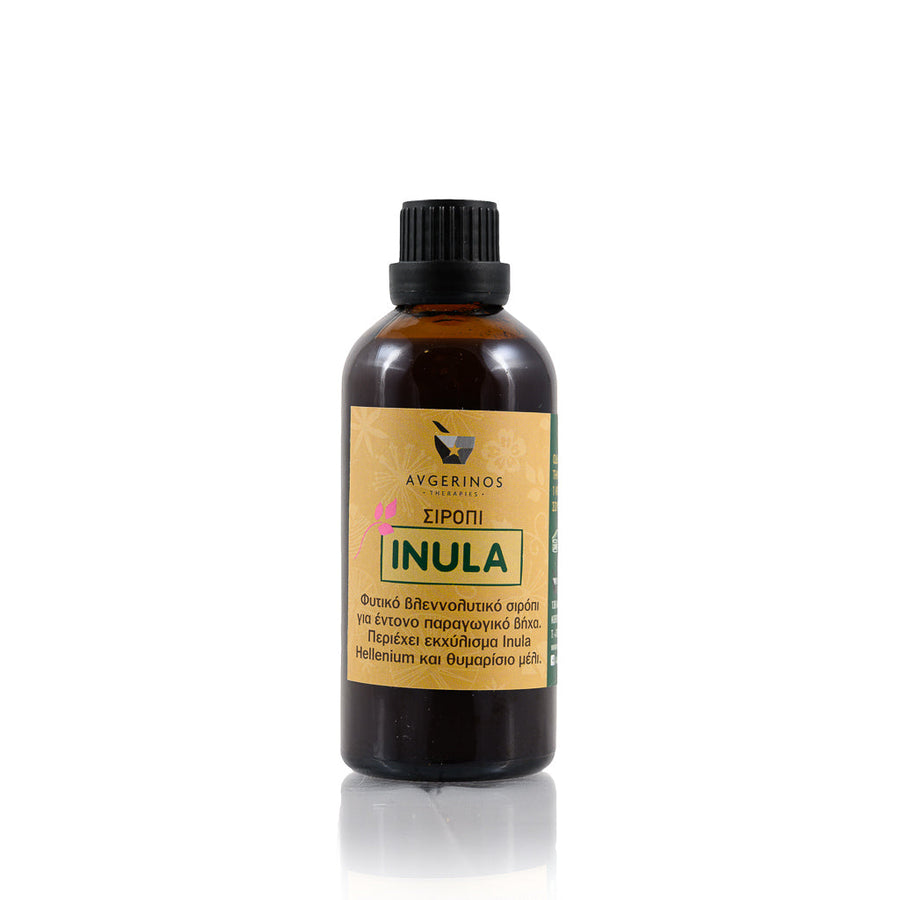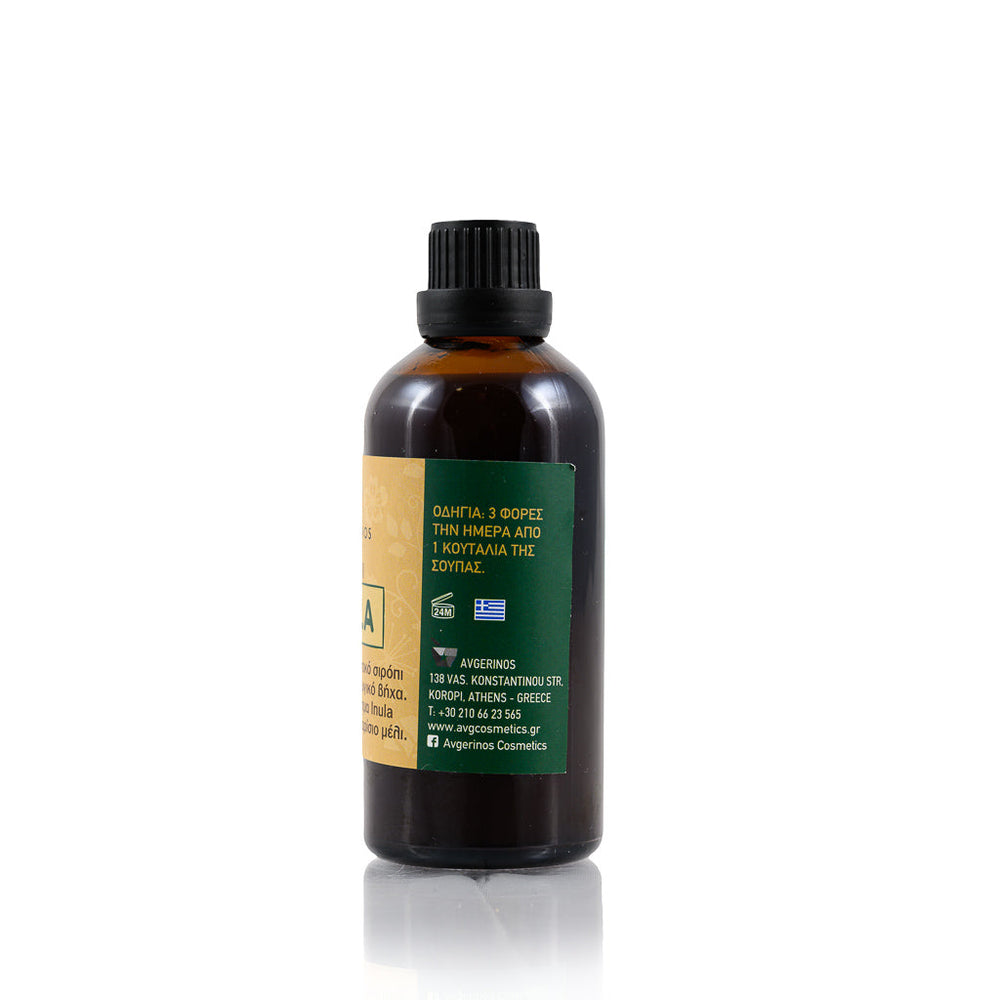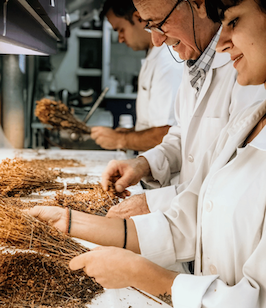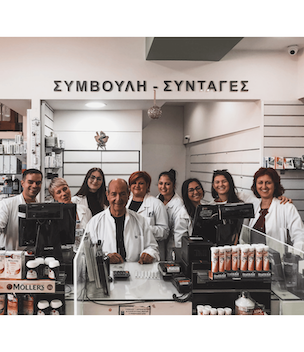Copper – The Source of Sterilized Energy!
In the human body, there are some groups of trace elements that work
collectively, in order to contribute beneficially to tissue maintenance and cell regeneration. One such group is copper, zinc and vitamin C which, in good company, strengthens our immune system and not only...
In this article we will refer to copper, the importance of its presence in our body, its benefits, nutritional sources and how it interacts with the other two elements, zinc and vitamin C.
What is copper?
Copper is a metal that plays a big role in our lives.
It is a trace element that is present in all tissues of the body and affects our body and its functions in many areas. From the production of energy to the color of our hair.
In the body of an adult, the amount of copper ranges from 100 to 150
thousandths of a gram. The organs with the highest content are muscles 50% and bones. It is also found in the heart, brain and kidneys.
Absorption of copper takes place in the intestinal mucosa in
50% - 70% and then stored in the liver.
Functions – Benefits
One of the most basic properties of copper is its contribution to the treatment of anemia, as it helps the absorption of iron from food.
It can also contribute beneficially to cardiovascular diseases such as
arrhythmia and high blood pressure, because it supplies the heart with well-oxygenated
blood. The ideal percentages of copper help to create reds
blood cells and in the formation of hemoglobin which is necessary for the transport of oxygen to the erythrocytes.
In addition to the important role it plays in our heart, copper
it also contributes to the good performance of our immune system with
following mechanism:
When our body is attacked by pathogenic bacteria, copper ions are released during the inflammatory reaction, which, thanks to their antibacterial properties, fight the pathogenic microorganisms and ensure the maintenance of our health.
When we talk about the benefits of copper we must include the active one
participation that plays in the production of collagen. To create the
collagen in our cells, there must be enough copper in combination with amino acids, vitamin C and zinc. Collagen strengthens bones and
the connective tissue, which is why a lack of copper (and by extension collagen) can lead to osteoporosis and arthritis. To deal with joint pain, many people often turn to copper supplements (or copper bracelets).
In the world of aesthetics, it is known that collagen maintains it
elasticity of our skin. Now, many of the everyday products
skin care products that promise to preserve youth, contain
copper peptides in their composition.
Copper helps with normal hair coloring, as it enhances the production of melanin, which gives color to our hair, eyes and skin. One of the symptoms of copper deficiency can be premature graying of hair and pale skin.
Factors that prevent copper absorption:
In most cases a well-balanced diet is enough to get the copper we need.
But in case there are large amounts of zinc and
vitamin C in the body, malabsorption of copper occurs. THE
excessive consumption of zinc and vitamin C supplements over a prolonged period of time probably makes it difficult for copper to be absorbed.
Copper is mainly absorbed in the stomach and small intestine. Problems in these organs can also lead to copper deficiency.
Dietary Plant Sources of Copper:
Sunflower seeds, soy, tofu, tahini, green olives, chestnuts, wheat germ,
almonds, cashews, pine nuts, walnuts, mushrooms, legumes, cocoa, chestnuts,
potatoes, avocado, figs, spinach, yogurt, apples.
Latest studies show that a diet containing foods rich in copper can keep bones strong in old age and slow down osteoporosis!









Leave a comment